A Journey through Polish American Heritage
Hello, everyone! October is a special time for many of us as we celebrate Polish American Heritage Month among many other holidays and cultural celebrations (October is also home to many celebrations of heritage such as Italian, German, and Filipino heritage months!). This month is a chance to not only honor the rich history and culture that has shaped our communities but also to connect with the personal stories that bring this heritage to life. So if you find yourself conjuring up memories and stories of the past as you read this - please head down to the comment section and share those with us, as there is no better way to celebrate heritage.
Exploring Poland's Rich History
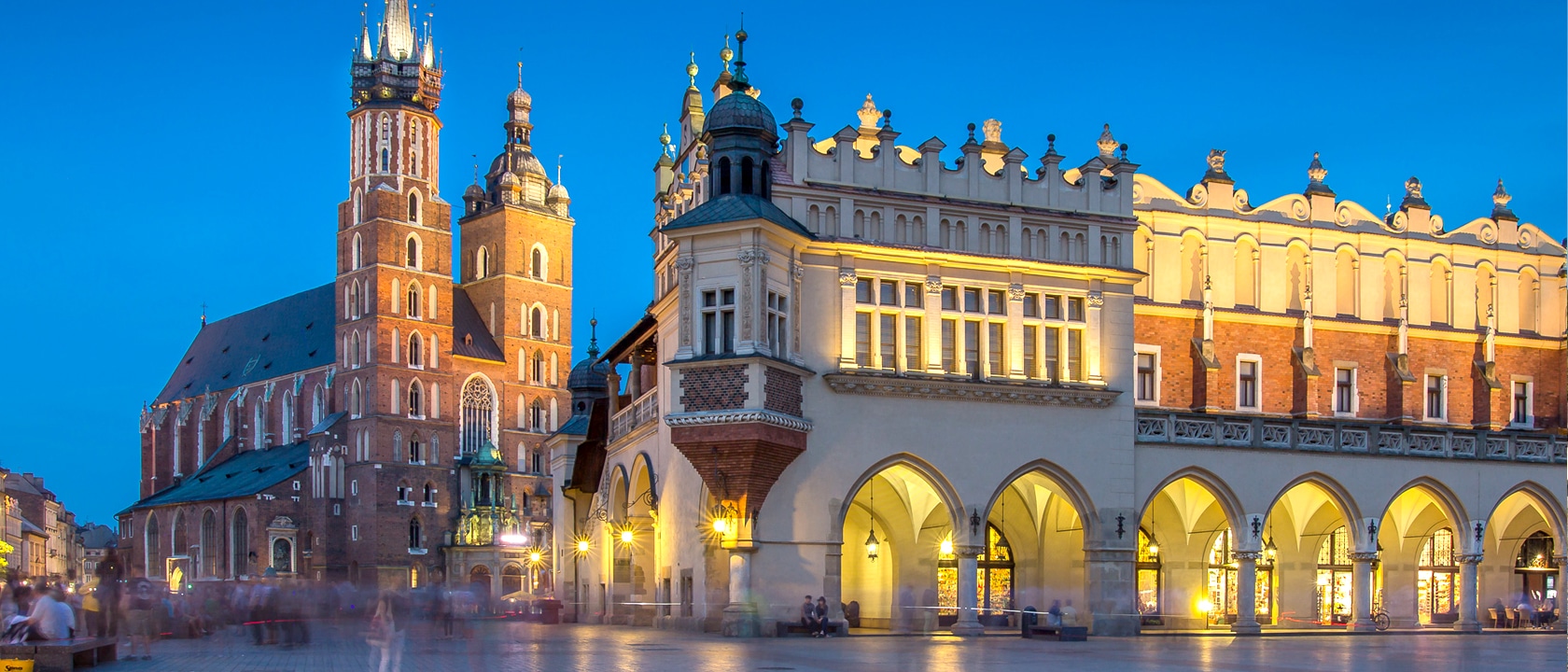 Before we get into the distinct cultural signifiers of Polish heritage let's get a snippet of the history behind Polish heritage. Poland's history dates back over a thousand years and is marked by pivotal events that have profoundly influenced its culture and traditions. These historical landmarks are important to understanding the broader context of Polish American culture.
Before we get into the distinct cultural signifiers of Polish heritage let's get a snippet of the history behind Polish heritage. Poland's history dates back over a thousand years and is marked by pivotal events that have profoundly influenced its culture and traditions. These historical landmarks are important to understanding the broader context of Polish American culture.
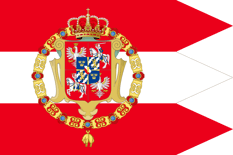 The Polish-Lithuanian Commonwealth: In the 16th and 17th centuries, the Polish-Lithuanian Commonwealth was a vast and powerful state in Europe, shaping its destiny.
The Polish-Lithuanian Commonwealth: In the 16th and 17th centuries, the Polish-Lithuanian Commonwealth was a vast and powerful state in Europe, shaping its destiny.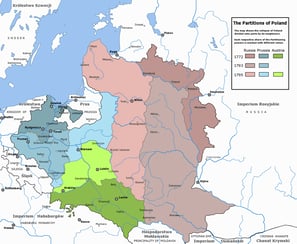
The Partition of Poland: In the late 18th century, Poland experienced a series of partitions, leading to its disappearance from the map of Europe for over a century. It eventually regained independence after World War I.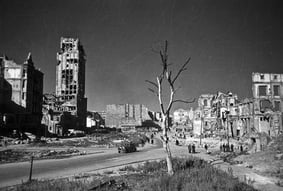
World War II: Poland endured significant hardships during World War II, with cities like Warsaw suffering immense destruction. The heroic Warsaw Uprising of 1944 is a poignant chapter in Polish history.
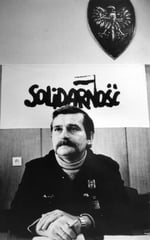
The Solidarity Movement: In the late 20th century, the Solidarity movement, led by figures like Lech Wałęsa, played a role in the collapse of communism in Eastern Europe.
Today, Poland stands as a democratic nation and a member of the European Union, known for its rich cultural contributions to art, music, literature, and science.
Savoring Polish Cuisine and Traditions
Our journey takes a delicious turn as we explore the culinary delights and vibrant traditions that have been cherished by Polish American families like mine.

Pierogi: These delectable dumplings, with fillings ranging from potatoes and cheese to mushrooms and fruit, are a beloved Polish dish. In Pittsburgh and other cities, they are not just a culinary delight but are also celebrated with entertaining pierogi races during baseball games.

Kielbasa: Pittsburghers have a special love for kielbasa, a Polish sausage available in various forms and flavors. It's a staple of local cuisine, often enjoyed during celebrations and sporting events.

Bigos: Known as the "hunter's stew," this dish captures the essence of comfort food in Poland, combining sauerkraut, fresh cabbage, and various meats.
 Polish Desserts: Satisfy your sweet tooth with Polish desserts, like paczki (jelly-filled doughnuts) and makowiec (poppy seed cake).
Polish Desserts: Satisfy your sweet tooth with Polish desserts, like paczki (jelly-filled doughnuts) and makowiec (poppy seed cake).
Dancing to the Rhythms of Polka
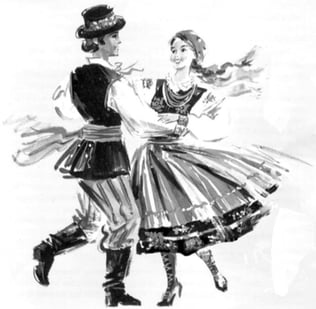
Polka, a lively and infectious dance, is an integral part of Polish American culture. This partner dance is known for its quick tempo, lively steps, and spirited music. It's a celebration of joy, with couples twirling and moving in sync with the music, creating a whirlwind of energy and enthusiasm.
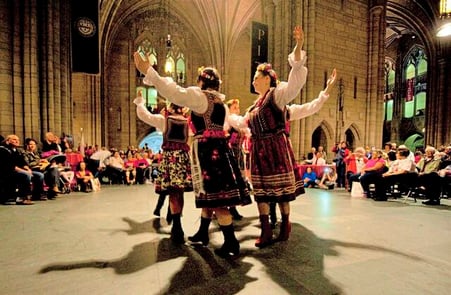 Pittsburgh, with its strong Polish heritage, is a fantastic place to experience Polka culture. The city hosts a myriad of Polka events and festivals throughout the year, creating an atmosphere that's alive with the sounds of accordions, clarinets, and trumpets. These events are not just a showcase of music and dance; they are a celebration of Polish traditions that have found a new home in the Steel City. Whether you're a seasoned Polka enthusiast or a newcomer eager to experience this vibrant dance, Pittsburgh offers an unforgettable Polka experience.
Pittsburgh, with its strong Polish heritage, is a fantastic place to experience Polka culture. The city hosts a myriad of Polka events and festivals throughout the year, creating an atmosphere that's alive with the sounds of accordions, clarinets, and trumpets. These events are not just a showcase of music and dance; they are a celebration of Polish traditions that have found a new home in the Steel City. Whether you're a seasoned Polka enthusiast or a newcomer eager to experience this vibrant dance, Pittsburgh offers an unforgettable Polka experience.
A Personal Connection: My Family's Story
I began writing this celebration of my heritage as a tribute to my own family, especially my grandmother. But as I delve into my connections with Poland, what makes the country unique, and how Pittsburgh has embraced the cultural traditions my family brought to the USA, one can truly appreciate the essence of the 'melting pot.'
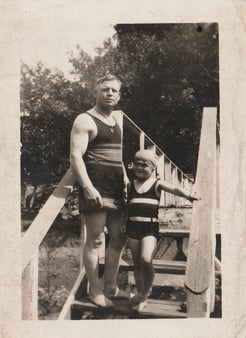 My great-grandfather, John 'Nespojohny' (yes, that was indeed his last name), inherited his surname from his father due to immigration policies during his European arrival. His father's original last name was Niespodzany. This practice of changing names was common among immigrants who either had to conform to the government's expectations or wished to avoid being traced back to their origins, as many were fleeing the impending World War I and World War II. Despite English being widespread, many families arrived in America with limited language skills in speaking, writing, listening, or reading. Ultimately, my great-grandfather embraced this unique last name, as friends and family playfully called him 'Johnny Johnny 'Nespojohny' as he grew up in Pittsburgh. It's vital to remember that generational information can be lost, leading to identity changes.
My great-grandfather, John 'Nespojohny' (yes, that was indeed his last name), inherited his surname from his father due to immigration policies during his European arrival. His father's original last name was Niespodzany. This practice of changing names was common among immigrants who either had to conform to the government's expectations or wished to avoid being traced back to their origins, as many were fleeing the impending World War I and World War II. Despite English being widespread, many families arrived in America with limited language skills in speaking, writing, listening, or reading. Ultimately, my great-grandfather embraced this unique last name, as friends and family playfully called him 'Johnny Johnny 'Nespojohny' as he grew up in Pittsburgh. It's vital to remember that generational information can be lost, leading to identity changes.
John Nespojohny & his Daughter Ruth on a swimming day!
Much of my family immigrated to the USA to escape the horrors of war and seek a better life. However, it wasn't an easy journey. My great-grandfather, Johnny, grew up on a houseboat on Mission Street down on Southside. It wasn't a glamorous life in the beginning, but one can imagine a child growing up with essentially their own pool in their backyard. My grandmother insists he was an excellent swimmer, and it's not surprising. Many of us would have spent our youth playing in the river daily if it were readily accessible.
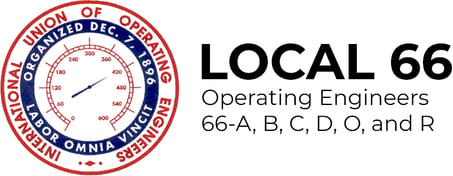 As John grew up in Pittsburgh, he found employment with the Local 66 Operating Engineers, becoming a part of a union within that organization. He even helped construct the Liberty Tunnel in Pittsburgh, always proudly telling my grandmother, "I built this." He was committed to making Pittsburgh a better place. Keep in mind that while the USA was more stable than the rest of the world in terms of war, it still faced a deep economic depression, posing challenges to many families for years. Somehow, my great-grandfather managed to navigate many of the trials and tribulations that The Great Depression presented.
As John grew up in Pittsburgh, he found employment with the Local 66 Operating Engineers, becoming a part of a union within that organization. He even helped construct the Liberty Tunnel in Pittsburgh, always proudly telling my grandmother, "I built this." He was committed to making Pittsburgh a better place. Keep in mind that while the USA was more stable than the rest of the world in terms of war, it still faced a deep economic depression, posing challenges to many families for years. Somehow, my great-grandfather managed to navigate many of the trials and tribulations that The Great Depression presented.
My grandmother, Ruth Feitl, was born on September 7th, 1924. During this time, my great-grandfather had lost his wife early in Ruth's life, creating challenging circumstances for her family. My grandmother fondly recalls her father and her siblings in spite of many of the interpersonal family arguments and discussions. She grew up in the South Hills and was a neighborhood child with freedom to go wherever she wanted whenever she wanted. Not a bad deal if you ask me.
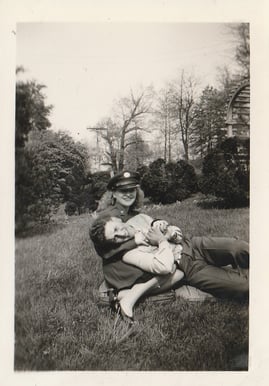 She married Karl Feitl on April 9th, 1946, whose family had immigrated from Germany at the time to also escape the upcoming wars. My Grandfather passed away recently but Karl and Ruth having been married for nearly 8 decades showcases the love they had for their family and much of the culture and traditions they brought from Europe.
She married Karl Feitl on April 9th, 1946, whose family had immigrated from Germany at the time to also escape the upcoming wars. My Grandfather passed away recently but Karl and Ruth having been married for nearly 8 decades showcases the love they had for their family and much of the culture and traditions they brought from Europe.
I still remember growing up eating Spaetzles that came from my Grandfather’s side of the family and I remember eating Kielbasa and Pierogies from my Grandmother’s side. I still remember dancing 'The Polka' with them at various celebrations, embarrassed at the time but laughing even now in the present. As I mentioned before, “The Melting-Pot” of America is truly realized when we disregard cultural limitations of our own selves and take a look at what cultures around the world have to offer.
Karl and Ruth Feitl reunited after basic training.
Karl Feitl's next major assignment was storming the beaches of Japan in WWII
Embracing Diversity in the Melting Pot
Heritage months underscore the importance of celebrating our differences and similarities. The United States is often referred to as a "melting pot," and it's evident when we disregard cultural limitations and embrace the diverse cultures that enrich our lives.
Throughout Pennsylvania, a rich cultural tapestry has been woven into the lives of individuals from diverse backgrounds, making the entire state their own. In bustling metropolises like Philadelphia, Harrisburg, and Pittsburgh, as well as charming corners like Wellsboro, Lancaster, and Scranton, embracing each other's cultures leads to growth and prosperity.
The essence of our neighbor's culture, their way of celebrating life, family, and traditions, are treasures that deserve our admiration and respect. In this magnificent melting pot, Pennsylvania's true strength lies in the shared respect and celebration of our differences and similarities.
As we celebrate Polish American Heritage Month, let's cherish the stories, traditions, and contributions of Polish Americans and all the diverse communities that have enriched our nation's cultural fabric. Through these stories, we connect to the heart of our shared heritage and celebrate the diverse cultures of the United States of America.
Stay tuned for more celebrations of other cultures and heritage in the future!




Comments